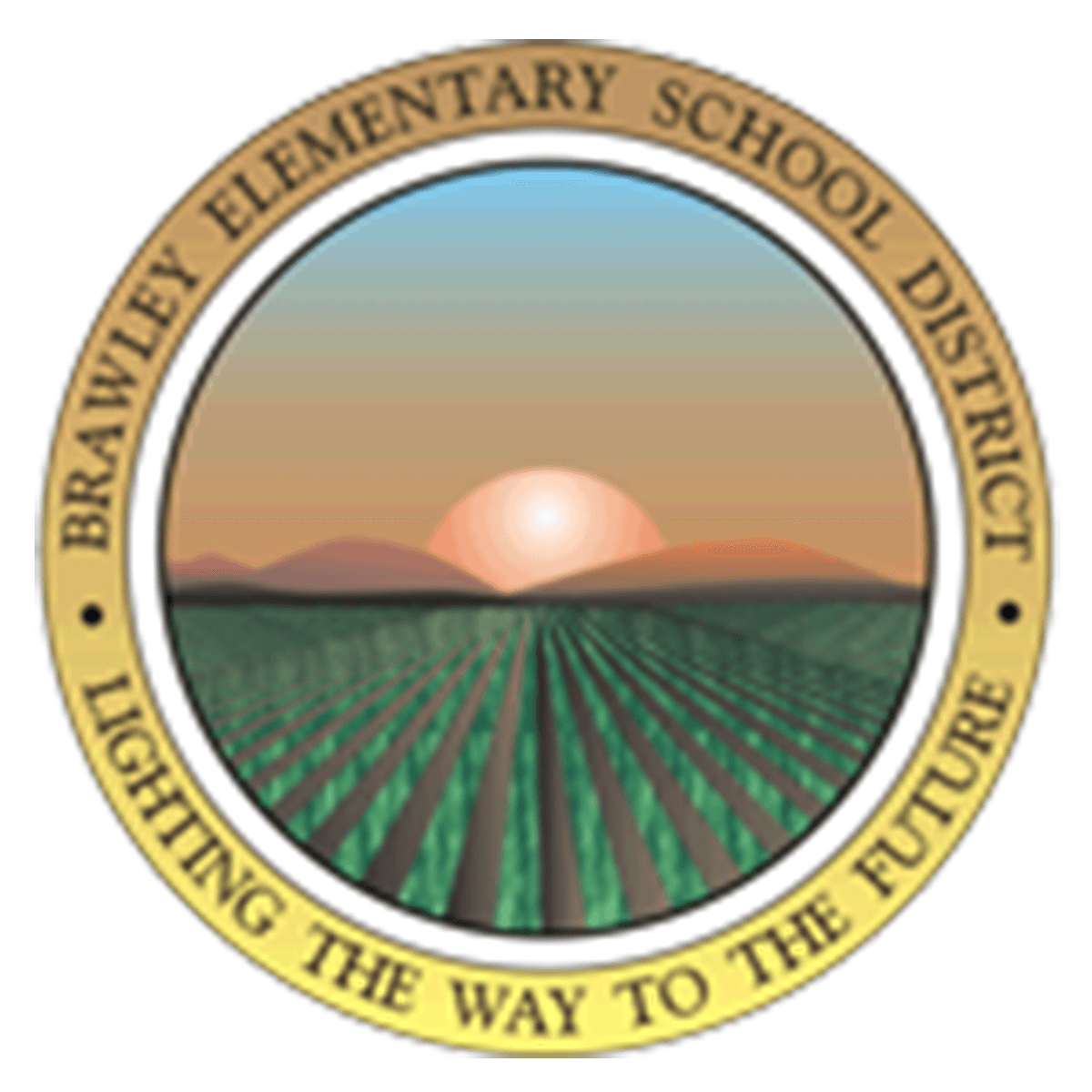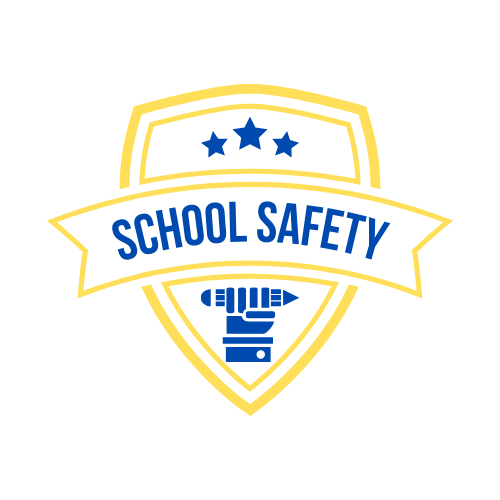
SAFETY PROTOCOLS
At Brawley Elementary School District, the safety and well-being of our students and staff are our top priorities. Which is why we've implemented the Standard Response Protocol (SRP), developed by the "I Love U Guys" Foundation, to ensure a coordinated and effective response to emergencies.
What is the Standard Response Protocol (SRP)?
The SRP provides a clear and simple framework for responding to various emergencies that may arise, including active threats, natural disasters, and other crises. It consists of five main actions:

Hold: is called when a situation needs to be isolated. Examples of when to call a Hold are a fight, medical issue, loose animal, maintenance operation in common area. Anyone can call a hold if they observe something happening that would require the action. When in hold, staff should resume activities as normal but stay away from isolated area until an “all-clear” is called.

Secure: Secure is called when there is a threat or hazard outside of campus. Examples of secure conditions are unknown or unauthorized person on grounds, criminal activity in area, Police activity in area. When in Secure, staff should remain in room or area and resume normal activities until an “all-clear” is called.

Lockdown: Lockdown is called when there is a threat or hazard inside campus. Nobody is allowed in or out of any buildings. Examples of when to call a Lockdown are Dangerous animal in building, armed intruder, angry/violent person, report of a weapon seen, actively aggressive person. Anyone can call for a Lockdown.
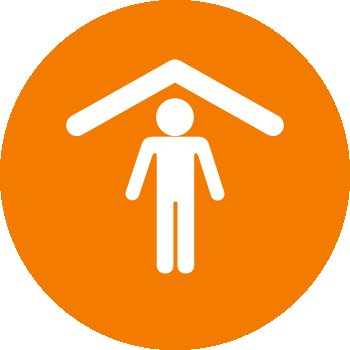
Shelter: Shelter is called when specific protective actions are needed based on a threat or hazard. Shelter can lead to an evacuation. Hazards may include severe weather, flooding, hazmat spill or release and earthquake.
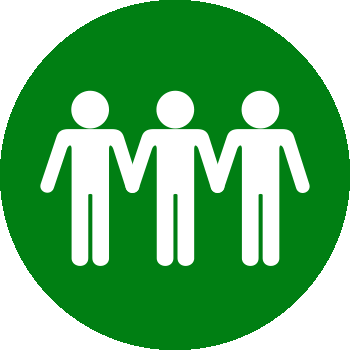
Evacuate: Evacuate is called when there is a need to move people from one location to another for safety reasons. An on-site evacuation is conducted when there is a disruption in the day. Once the disruption is resolved there will be a safety assessment and if safe staff will return to room or office.
En el Distrito Escolar Primario de Brawley, la seguridad y el bienestar de nuestros estudiantes y personal son nuestras principales prioridades. Por eso hemos implementado el Protocolo de Respuesta Estándar, desarrollado por la Fundación "I Love U Guys", para garantizar una respuesta coordinada y efectiva ante emergencias.
¿Qué es el Protocolo de Respuesta Estándar?
El SRP proporciona un marco claro y simple para responder a diversas emergencias que puedan surgir, incluyendo amenazas activas, desastres naturales y otras crisis. Consiste en cuatro acciones principales:
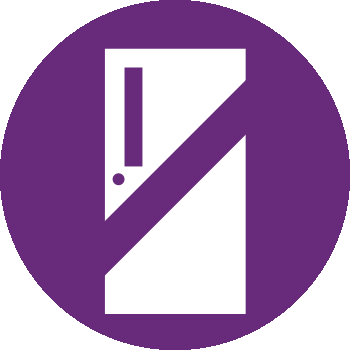
Hold (Esperar): se llama cuando una situación necesita ser aislada. Ejemplos de cuándo llamar a un Hold son una pelea, problema médico, animal suelto, operación de mantenimiento en área común. Cualquiera puede llamar un Hold si observa algo que requiera la acción. Durante un Hold, el personal debe reanudar las actividades normales pero mantenerse alejado del área aislada hasta que se llame a un "todo claro".

Secure (Asegurar): se llama cuando hay una amenaza o peligro fuera del campus. Ejemplos de condiciones seguras son persona desconocida/no autorizada en los terrenos, actividad criminal en el área, actividad policial en el área. Durante un Secure, el personal debe permanecer en la habitación o área y reanudar las actividades normales hasta que se llame a un "todo claro".

Lockdown (Cierre): se llama cuando hay una amenaza o peligro dentro del campus. Nadie puede entrar o salir de los edificios. Ejemplos de cuándo llamar a un Lockdown son animal peligroso en el campus, intruso armado, persona enojada/violenta, informe de arma vista, persona activamente agresiva. Cualquiera puede solicitar un Lockdown.

Shelter (Refugio): se llama cuando se necesitan acciones protectoras específicas basadas en una amenaza o peligro. El refugio puede llevar a una evacuación. Los peligros pueden incluir clima severo, inundaciones, derrame o liberación de materiales peligrosos y terremotos.
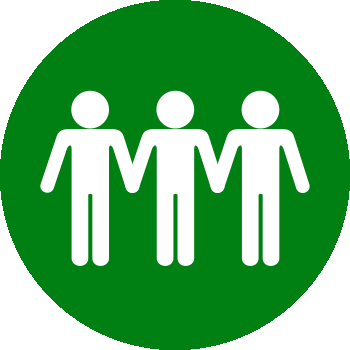
Evacuate (Evacuar): se llama cuando hay necesidad de mover a las personas de un lugar a otro por razones de seguridad. Se realiza una evacuación en el lugar cuando hay una interrupción en el día. Una vez resuelta la interrupción, se realizará una evaluación de seguridad y, si es seguro, el personal regresará a la habitación u oficina.
